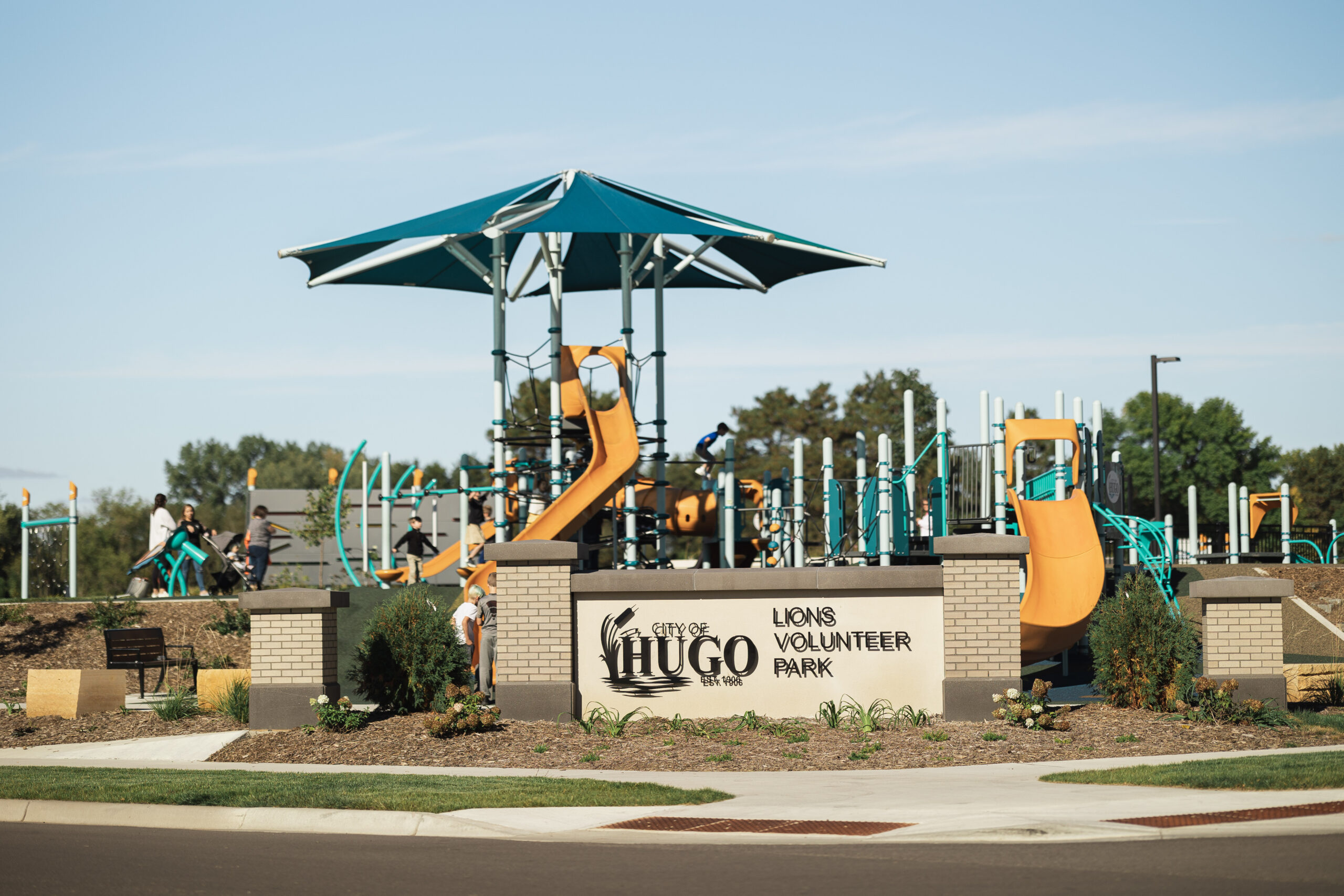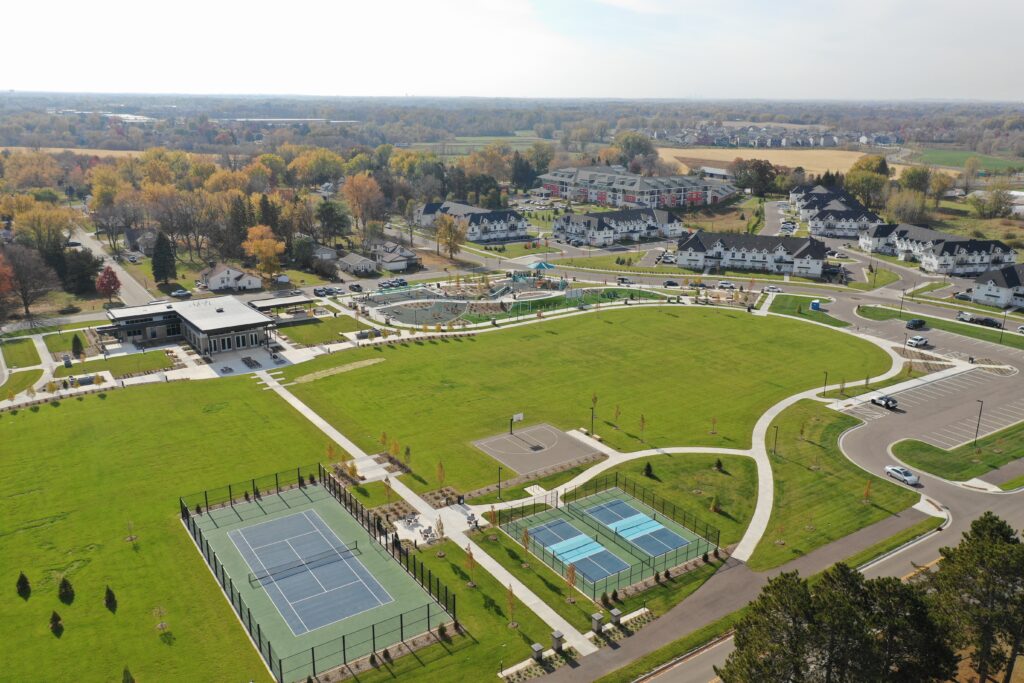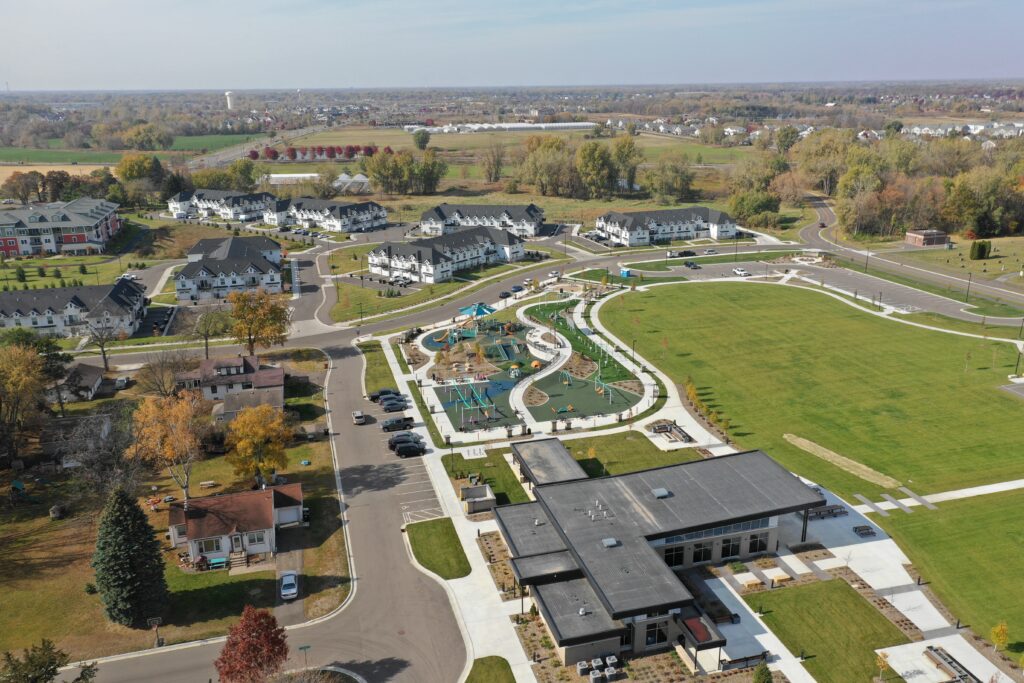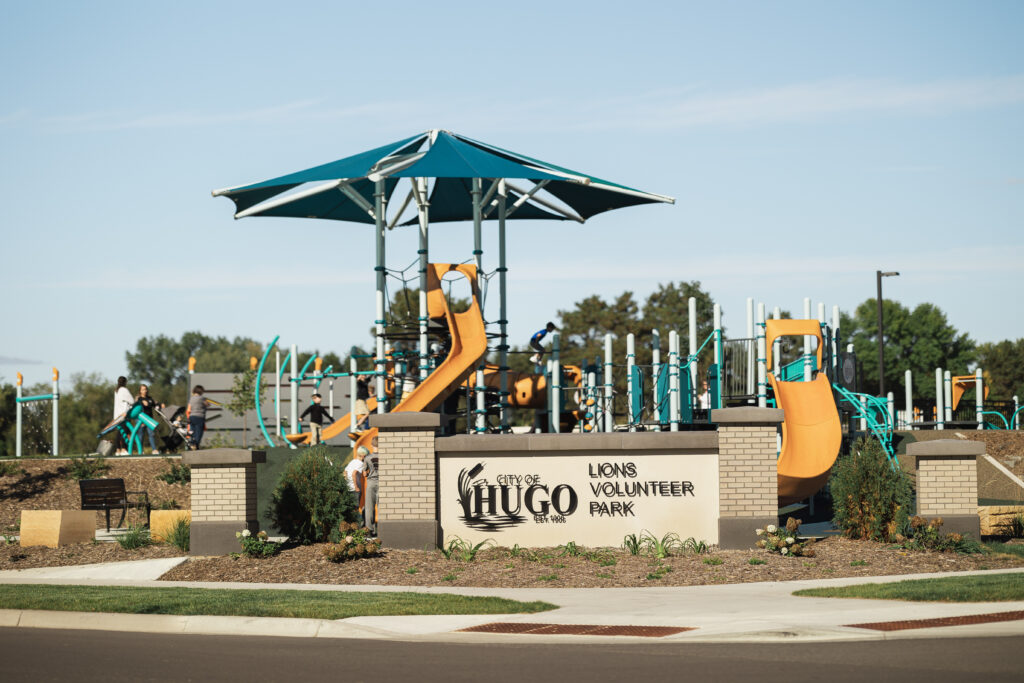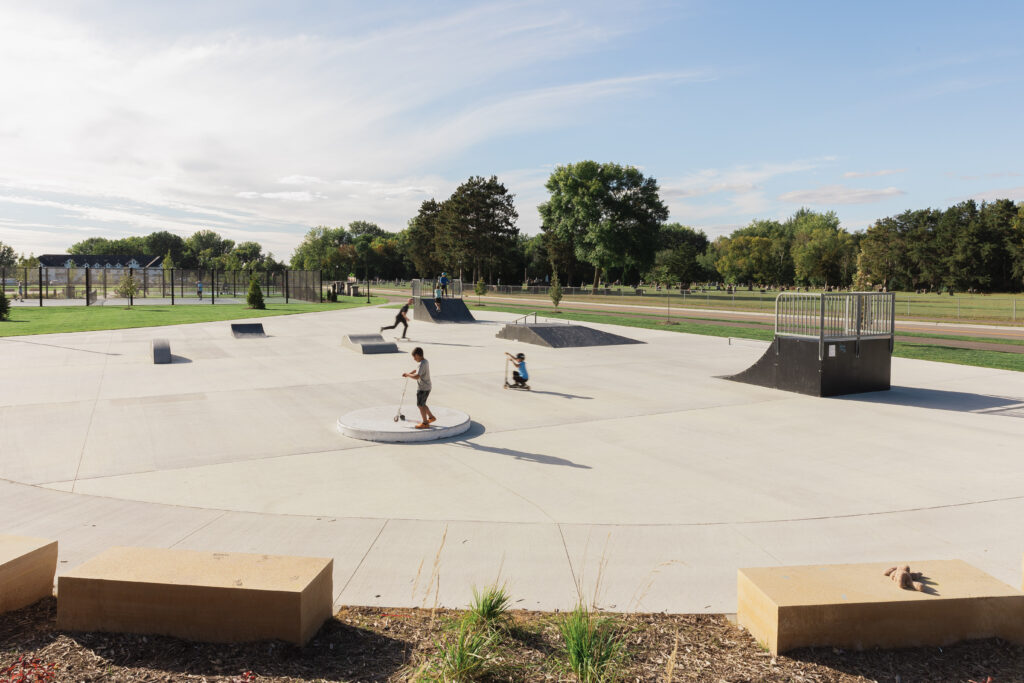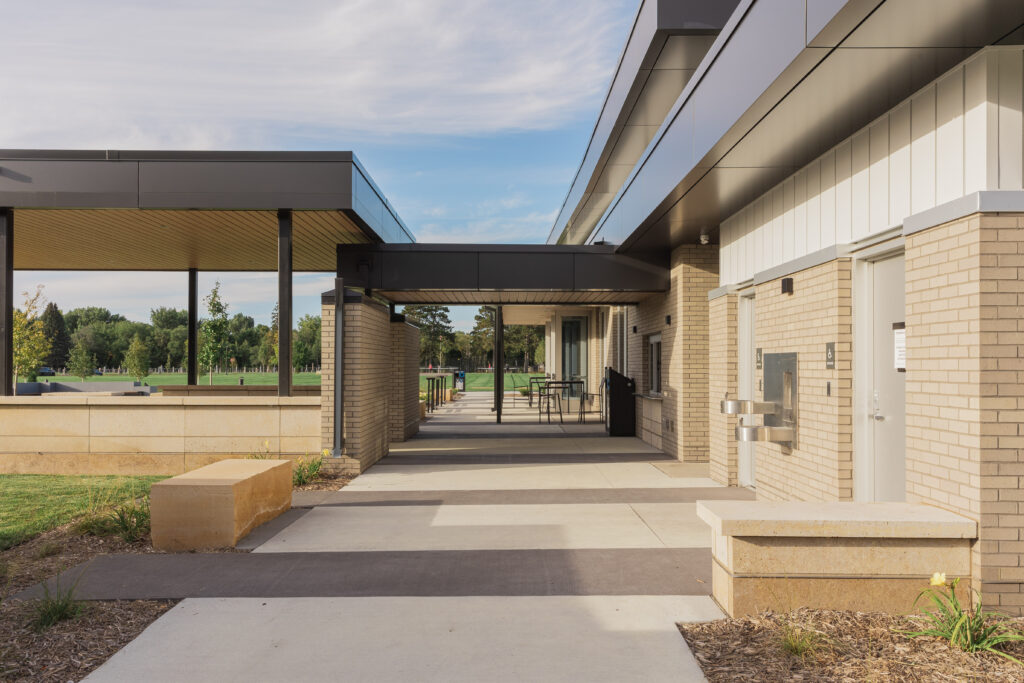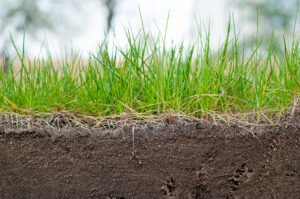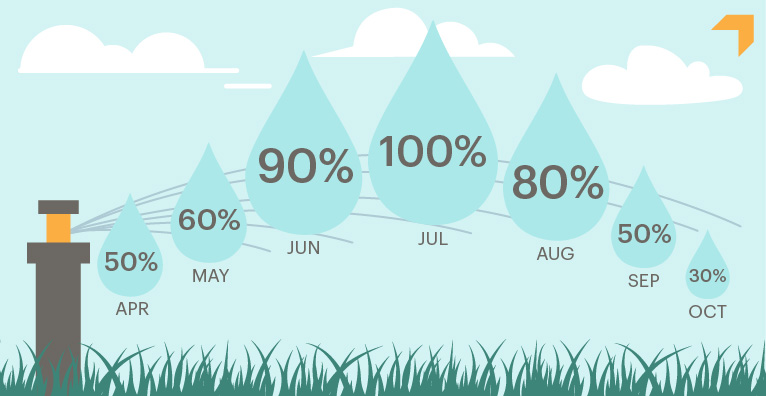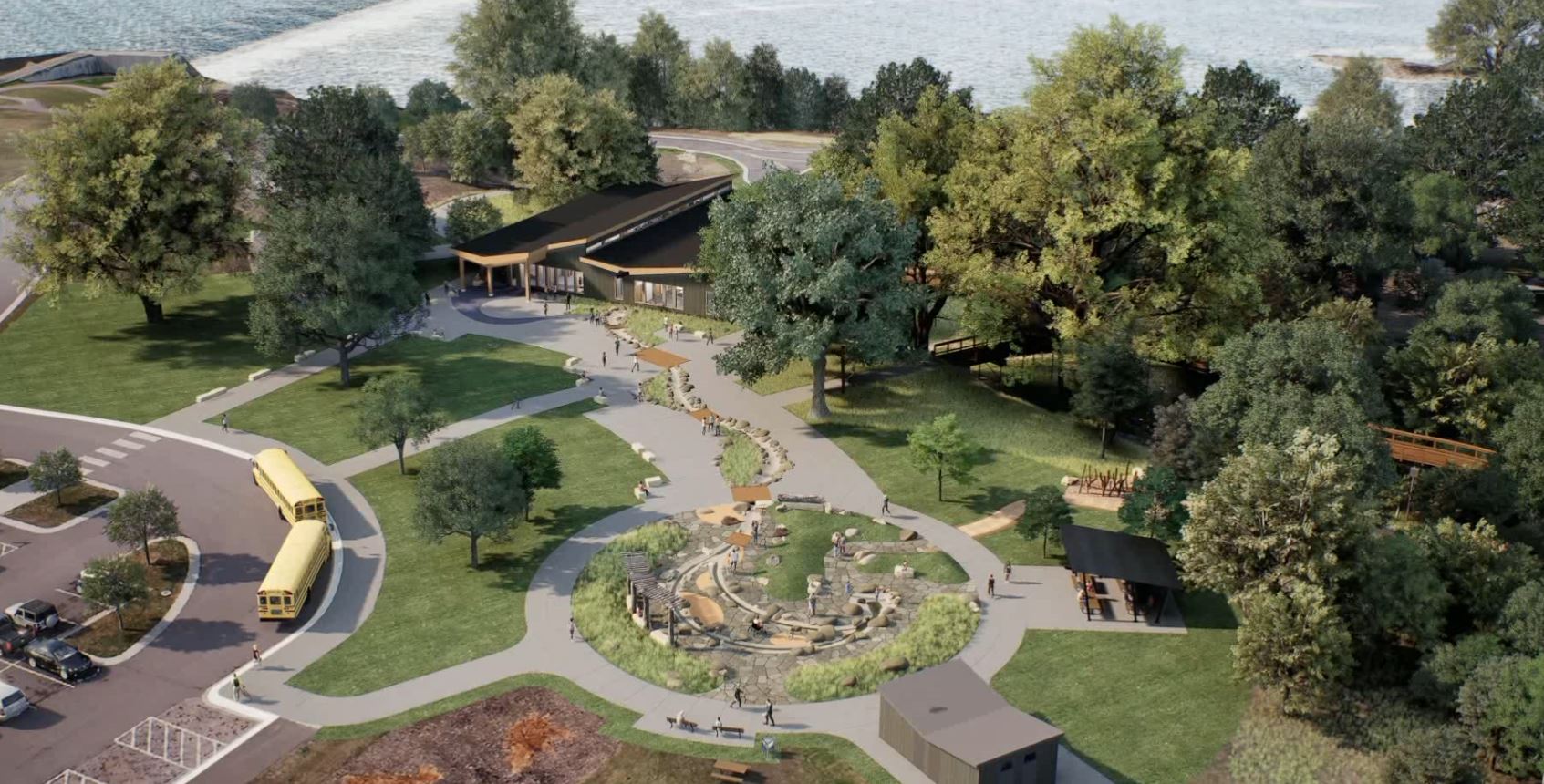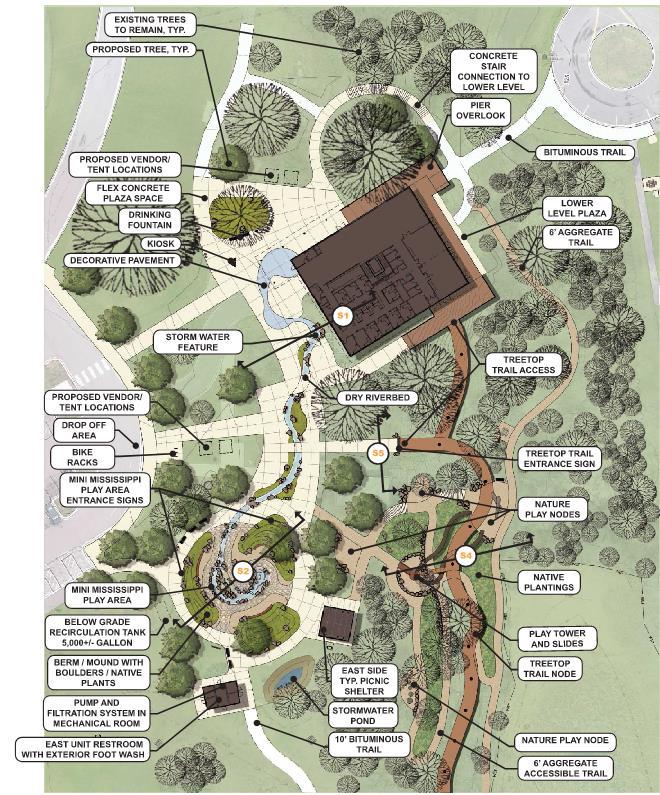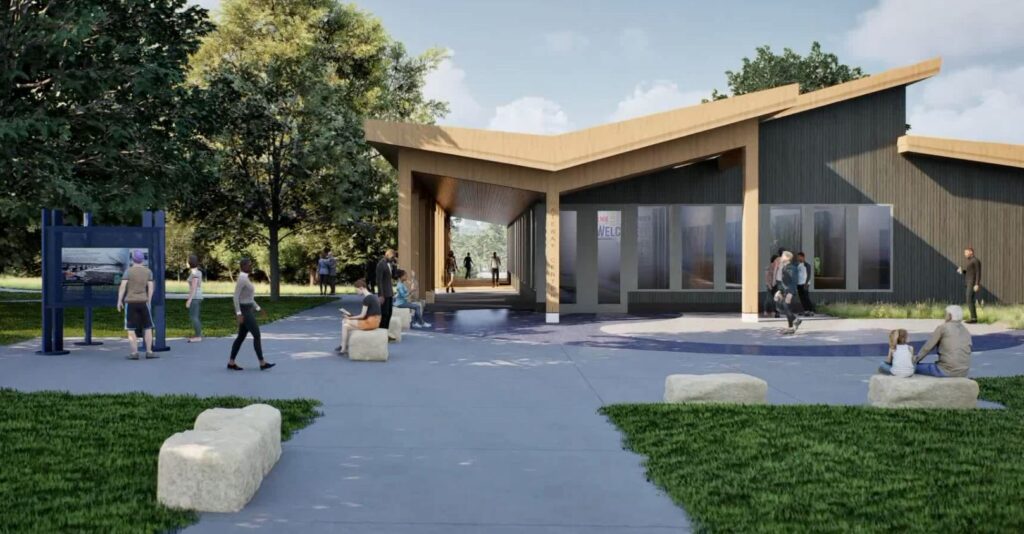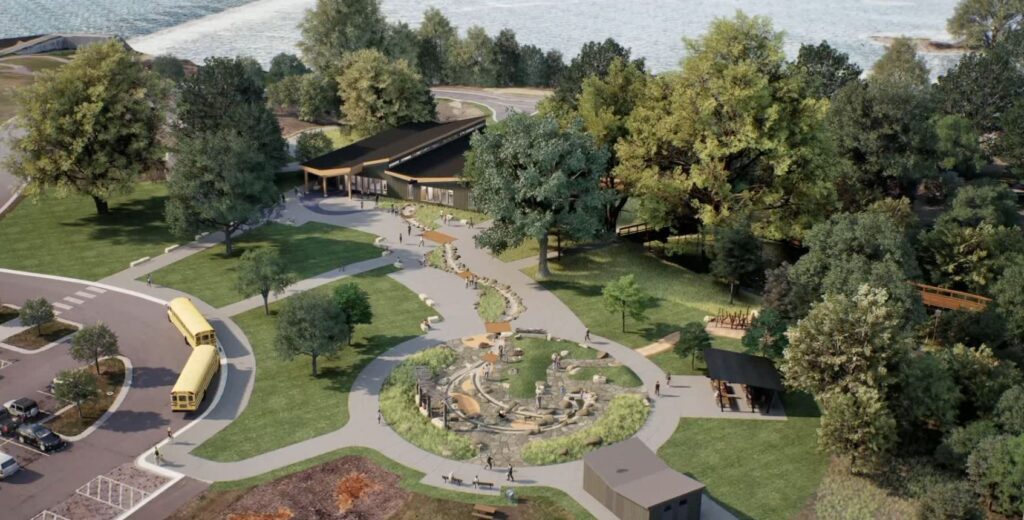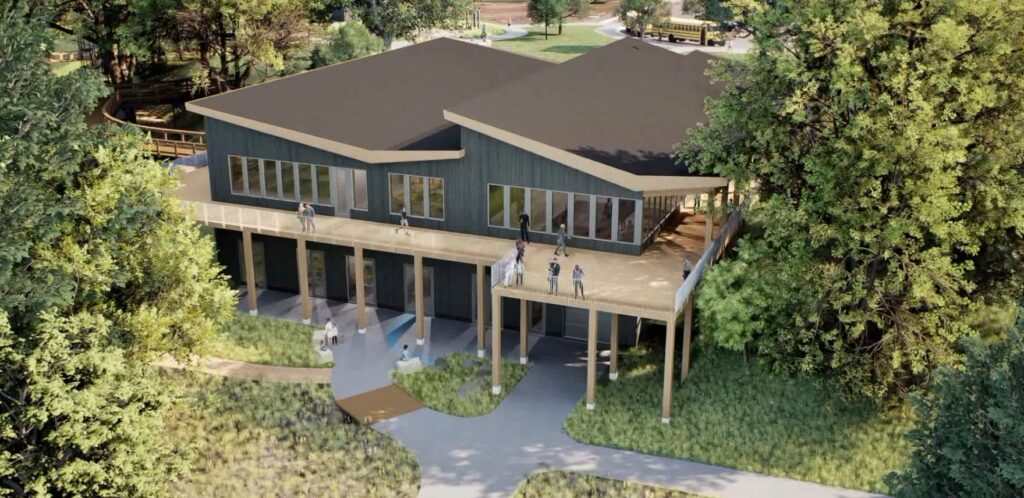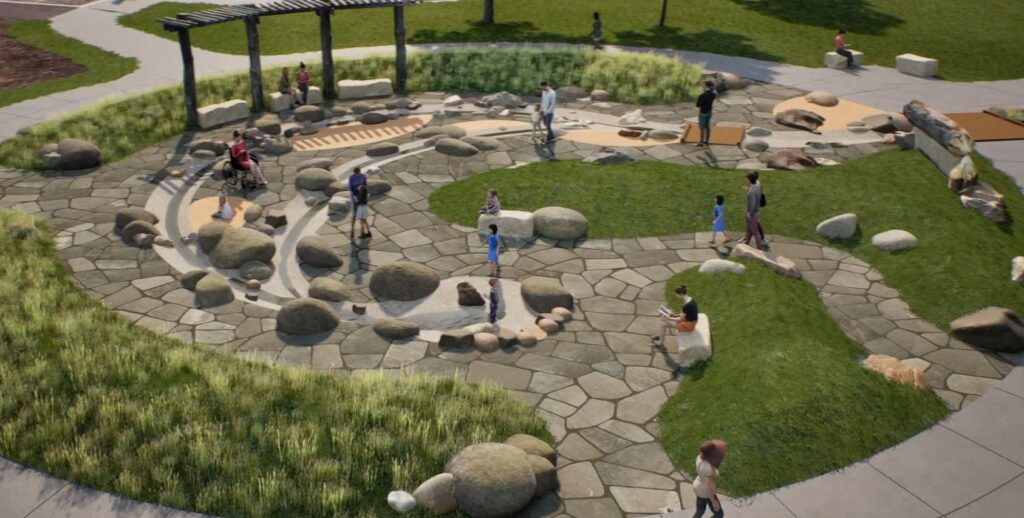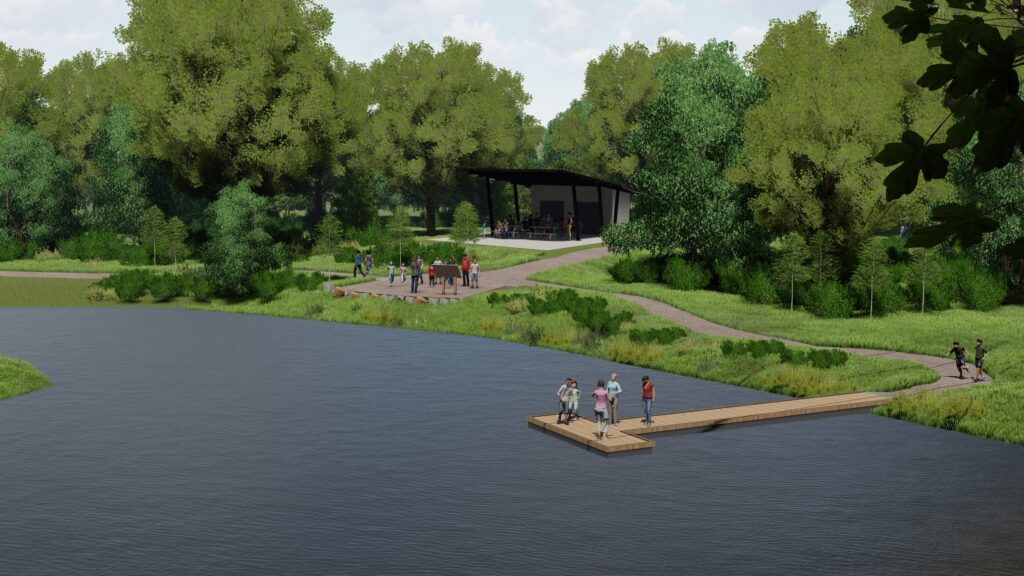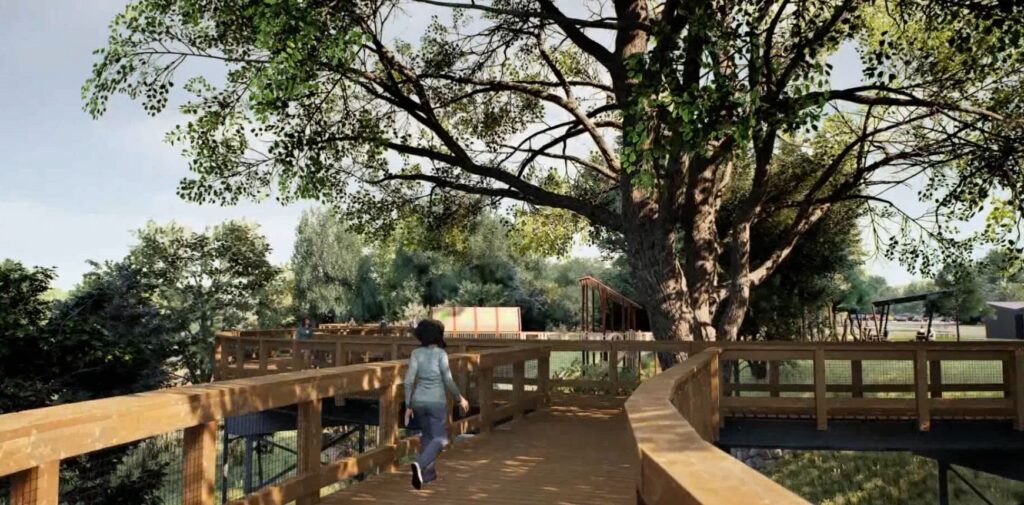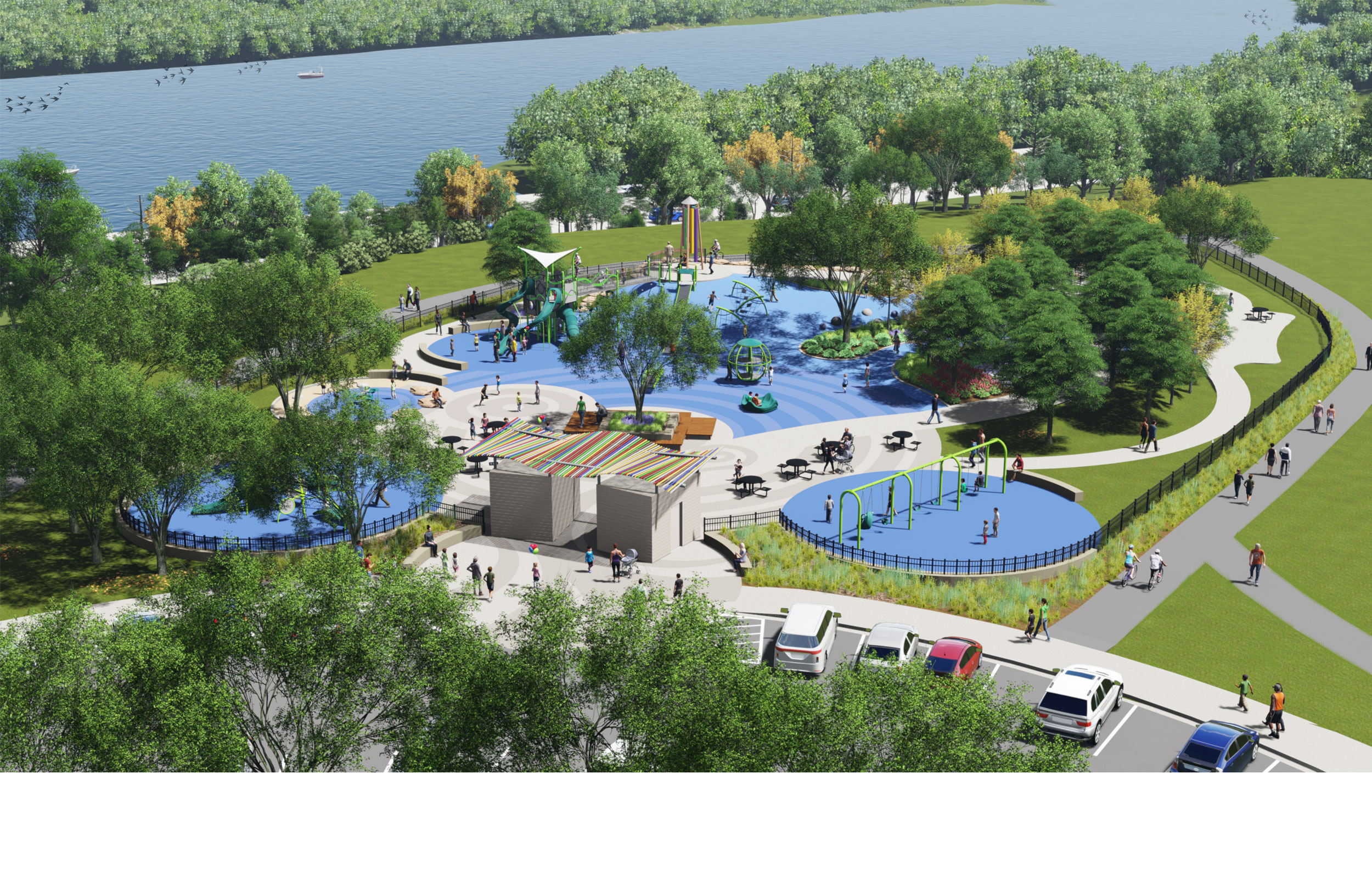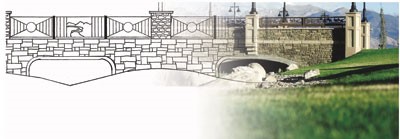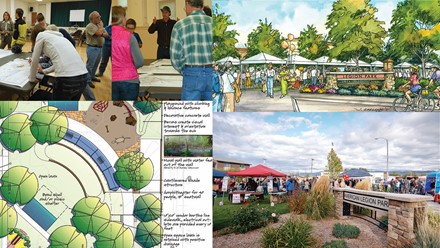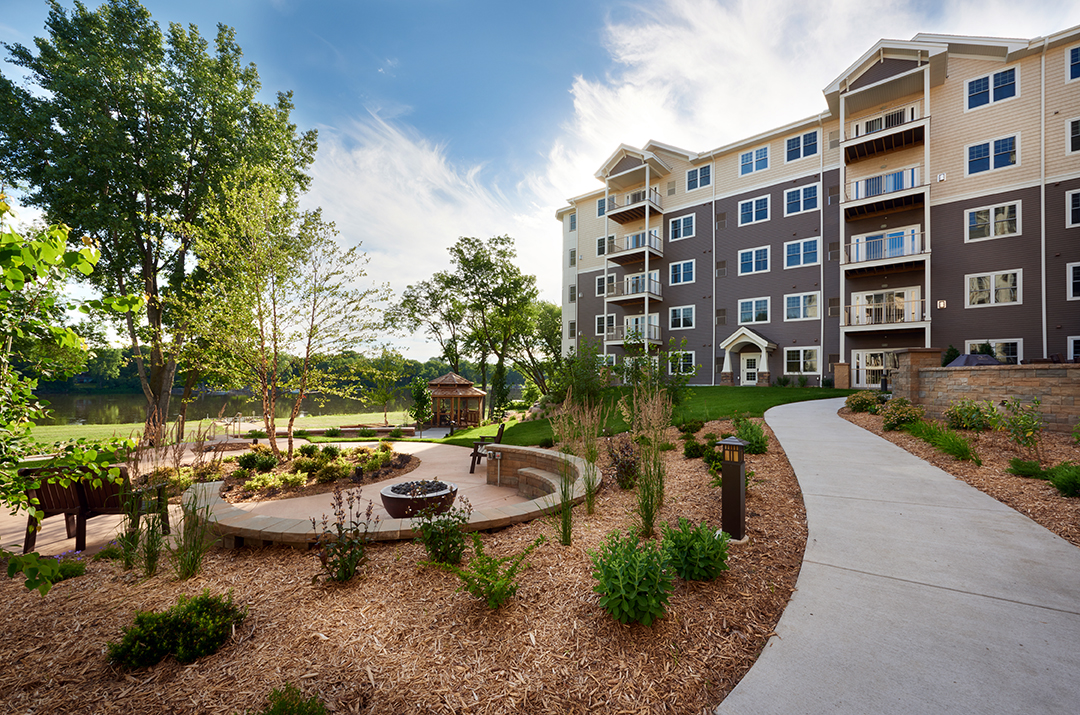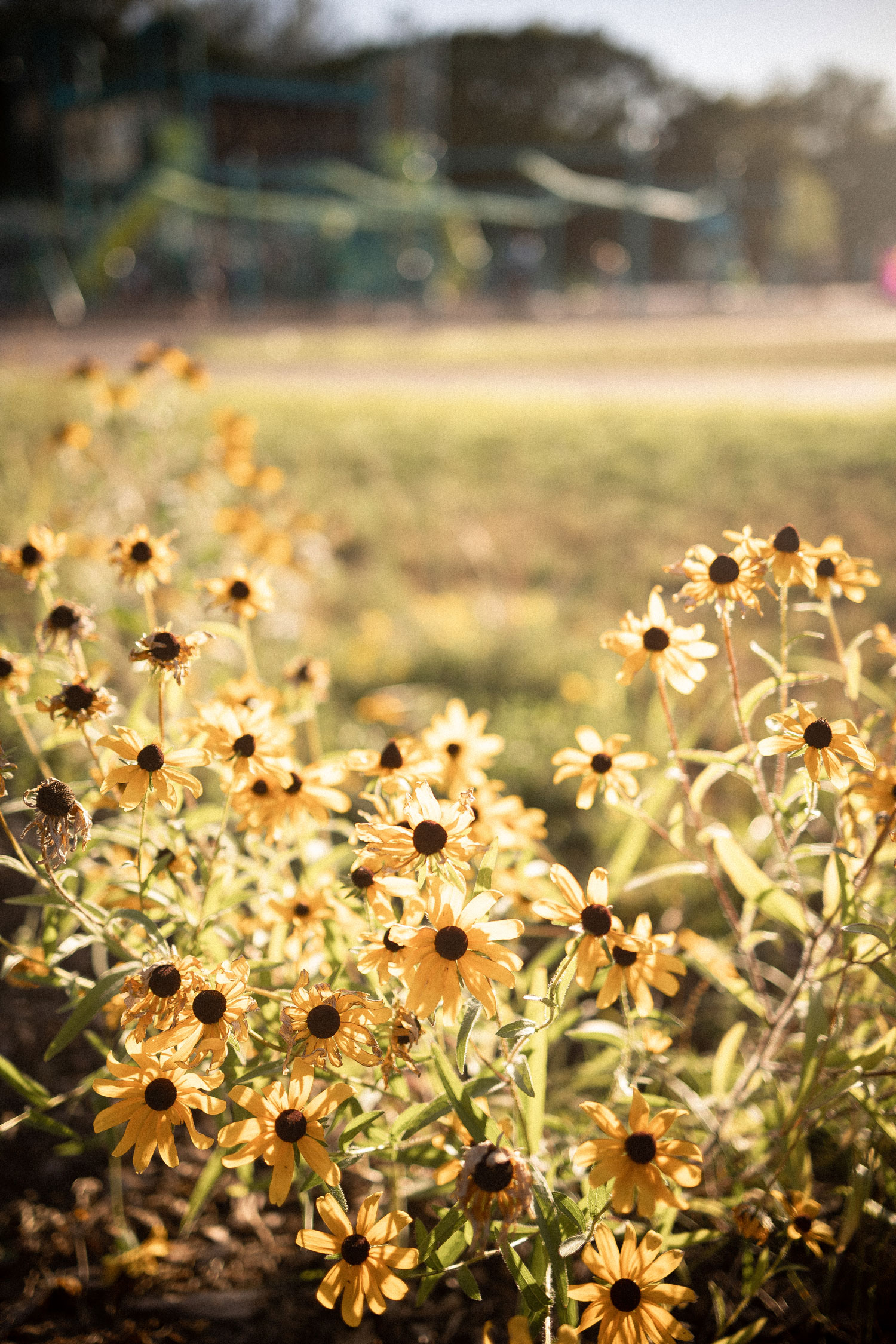
How Communities Can Prepare for Minnesota’s New Native Landscaping Law
August 14, 2023
By Alison Harwood, Director of Natural Resources, Kim Lindquist, Director of Community Planning & Economic Development and Jason Amberg, Director of Landscape Architecture, WSB
Native landscaping is growing in popularity, from pollinator-friendly plants and prairie grasses to rain gardens. Now the state of Minnesota passed a new law, effective July 1 of this year, that requires municipalities to allow property owners and occupants to install and maintain managed natural landscapes.
What are the pros and cons of this new law, and what does it mean for cities? Here are some things to consider.
What are the benefits of native landscaping?
Native landscaping covers a spectrum of options that includes a variety of landscaping. This could mean including only plant materials that grow naturally within the region to combinations that blend some areas of native plantings with some areas of manicured lawns or ornamental landscapes. Introducing native plant communities can provide critical resources for pollinators and provide a place for certain species to hibernate in winter. Rain gardens can help manage stormwater run off and reduce chemical runoff.
In addition to the natural benefits, there are economic benefits as well. Native landscaping reduces the need for irrigation and watering as plants are often more drought resistant. There are also cost savings from reduced fertilizer and chemical usage, as well as reduced maintenance costs.
How are native landscapes maintained?
The new Minnesota statute clearly states that native landscapes must be well-maintained, but what does that mean? In the statute, managed natural landscape is defined as a planned, intentional, and maintained planting of native or nonnative grasses, wildflowers, forbs, ferns, shrubs or trees, including but not limited to rain gardens, meadow vegetation and ornamental plants.
When thinking about a traditional manicured lawn, maintenance includes regular mowing throughout the spring and summer, regular watering when it gets dry and the application of fertilizers and herbicides. Then in fall, landscapes are often cleaned to remove dead plants and leaf litter.
For native landscapes, however, there is far less maintenance and plants often grow quite tall. In fact, the new law allows native grasses to grow taller than 8 inches high. Plus, as the weather turns cold, it’s better to leave the lawn and dead vegetation in place, providing quality habitat for wintering animals and insects.
What does this ordinance mean for local governments across Minnesota?
While many cities have adopted ordinances in the past decade allowing native landscaping, many others have ordinances prohibiting native landscaping or yards to have grass taller than 8 inches. This new state law supersedes local law, and it is important that communities update ordinances to comply with state statute.
Moreover, ordinance changes often take at least 60-90 days, so it’s important to act before next spring when many residents will begin lawn maintenance and planting. This ensures residents have a clear direction from the city.
Managing Public Engagement and Education
With this new law, there are a few issues local communities must navigate to ensure residents feel heard and legal requirements are made clear.
For residents concerned about unkempt lawns or who prefer neighborhoods to have a more manicured look, it’s important to communicate the benefits of native landscaping for the community and residents. Moreover, residents should be educated that while native grass and plants can grow taller than 8 inches, traditional manicured lawns cannot. And whether having natural landscaping or manicured lawns, noxious weeds are not allowed by this law change. Cities can and will still be enforcing unkempt lawns that do not meet state and local law requirements.
Educational community meetings, handouts, guidance on websites, and social media campaigns are all ways that cities can effectively communicate with residents about the new native landscaping laws.
How WSB Can Help
If you’re a city leader who needs help navigating ordinance changes around this new statute, WSB’s team can help.
Our landscaping team can also help clients design and build native landscaping into their public or private spaces, offering solutions that are aesthetically striking, environmentally friendly and economically beneficial.
Native landscaping is growing in popularity, helping bring people and nature closer together.
Alison leads the Natural Resources group. Her experience includes work in the natural resources field, including wetland and avian surveys, permitting, alternatives analysis, and environmental documentation for projects in both the public and private sector.
[email protected] | 612.360.1320

Kim is a planning professional with over 30 years of experience overseeing a variety of complex planning projects. She has worked in high growth communities with developers and the public on entitlements for residential development and attracting business to the city.
[email protected] | 763.287.8303

Jason is the Director of Landscape Architecture at WSB with more than 25 years of experience in public space planning and design. From small-scale neighborhood park improvements to comprehensive park and trail system plans, Jason has worked with park boards, municipalities, governing agencies and community residents.
[email protected] | 612.518.3696

